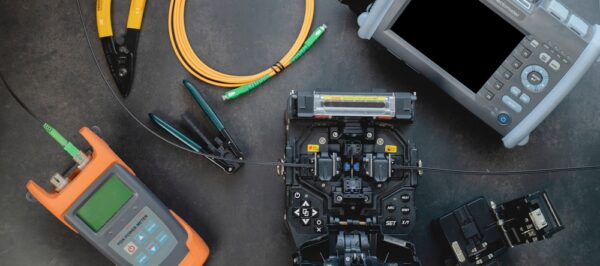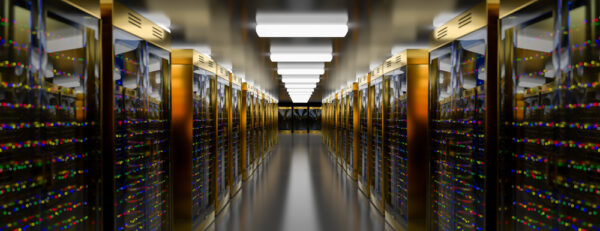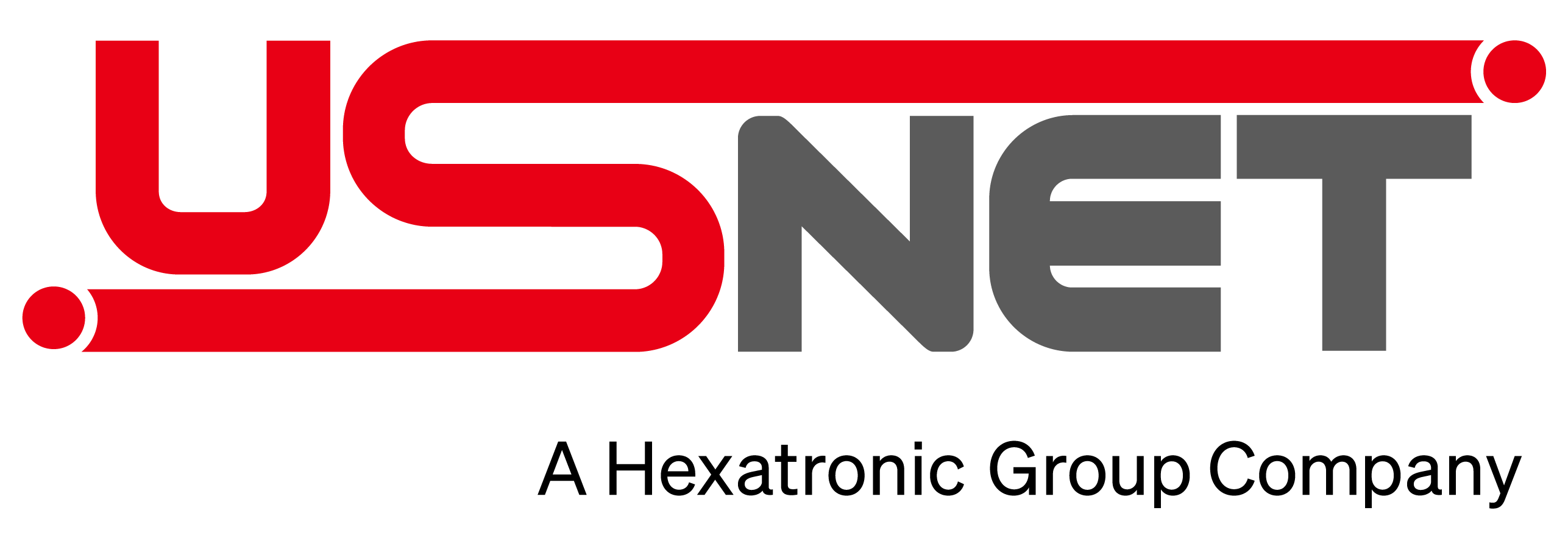
Selecting the right type of cabling is a critical consideration when configuring a data center. The choice of cable can impact the data center’s performance, efficiency, and scalability. This is particularly relevant in the world of fiber optics.
Fiber optics are well-suited to data center setups thanks to their high bandwidth capacity and ability to transmit data at high speeds over long distances. But to fully harness these benefits, you must choose the appropriate fiber-optic cable type.
Why your fiber-optic choice matters
Your choice of fiber-optic cabling predicates the efficiency of data transmission within the data center. It dictates how information is sent, received, and processed within the network while also affecting the data center’s ability to manage current workloads and scale with increasing demands. It even allows for future expansions and technological integrations, making it essential to align your cabling selection with both your immediate needs and the long-term vision of the data center. Put simply, your choice of fiber optics plays a key role in how your network performs today, tomorrow, and in the face of demand for data.
Types of fiber-optic cabling
The first step in choosing the best fiber-optic cabling is to understand your choices. This involves examining the crucial differences between the main types of fiber-optic cables: single-mode (SMF) and multi-mode (MMF).
- Single-mode fiber uses a single strand of glass fiber. Within this narrow fiber, data is transmitted in a single path, usually using laser technology. This makes SMF an ideal choice for long-distance, high-bandwidth data transmission. Its precision and minimal signal attenuation over vast distances render it perfect for expansive, high-demand networks typical of large, interconnected data centers. But this sophistication comes at a higher cost for materials, installation, and maintenance.
- Multi-mode fiber employs a much larger core, allowing multiple modes of light (and thereby data) to travel simultaneously. The fiber’s larger core size makes it easier and more cost-effective to capture light, reducing the overall expense of transceivers and other peripheral devices. While this characteristic makes MMF more budget-friendly and easier to install, it comes with limitations — notably in bandwidth and distance. MMF is well-suited for short-distance transmissions, which often are utilized within a single data center building or campus setting.
The chief differences between SMF and MMF revolve around cost, transmission speed, and distance capabilities. SMF offers lower attenuation and higher transmission speeds. Although SMF generally is less expensive, the transceivers make it more costly than MMF. In contrast, MMF provides cost-efficient solutions for short-distance requirements.

Factors to consider when choosing fiber optics
The choice between SMF and MMF cabling must be guided by specific operational requirements and projections:
- Bandwidth requirements: Data centers must cater to an enormous amount of data traffic. The chosen cabling must not only meet current bandwidth demands but also accommodate future increases in data volume. SMFs, with their higher data-carrying capacity, cater well to high-bandwidth requirements. MMFs might suffice for less intensive applications.
- Distance requirements: The cabling’s performance is influenced by the distance over which data is transmitted. SMF’s ability to retain the fidelity of data over long distances without significant signal loss is a decisive advantage for installations spanning large areas or between facilities. MMF, while more cost-efficient, is constrained by shorter effective distances, making it ideal for intra-building setups.
- Cost considerations: Budget constraints are a reality for most businesses. Although SMF involves a higher initial investment, it’s more conducive to long-term savings due to fewer upgrades and lower maintenance. MMF, on the other hand, presents a more affordable upfront cost but might entail more frequent interventions and upgrades, particularly as bandwidth requirements escalate.
- Scalability and future-proofing: Planning for the future is essential. Your selected cabling should support upcoming technologies and expansions without extensive infrastructural changes. Here, the scalability inherent in SMF offers an infrastructure that is primed for growth and can adapt to emerging technologies.
There’s no wrong answer with fiber-optic cabling, but there is a best option for the specific goals of your data center infrastructure project. It’s all about understanding the application in context.

Fiber optics are the gold standard
Cable selection is a process demanding the consideration of both form and function. Choosing the right fiber-optic cable type requires aligning technical specifications with the unique demands of the data center environment. In doing so, organizations can ensure efficient data transmission, seamless scalability, and a future-ready infrastructure that meets customer demands.
Making informed decisions about fiber-optic cabling isn’t just a matter of connectivity — it’s a strategic investment in the data center’s reliability and effectiveness.

Recent Comments